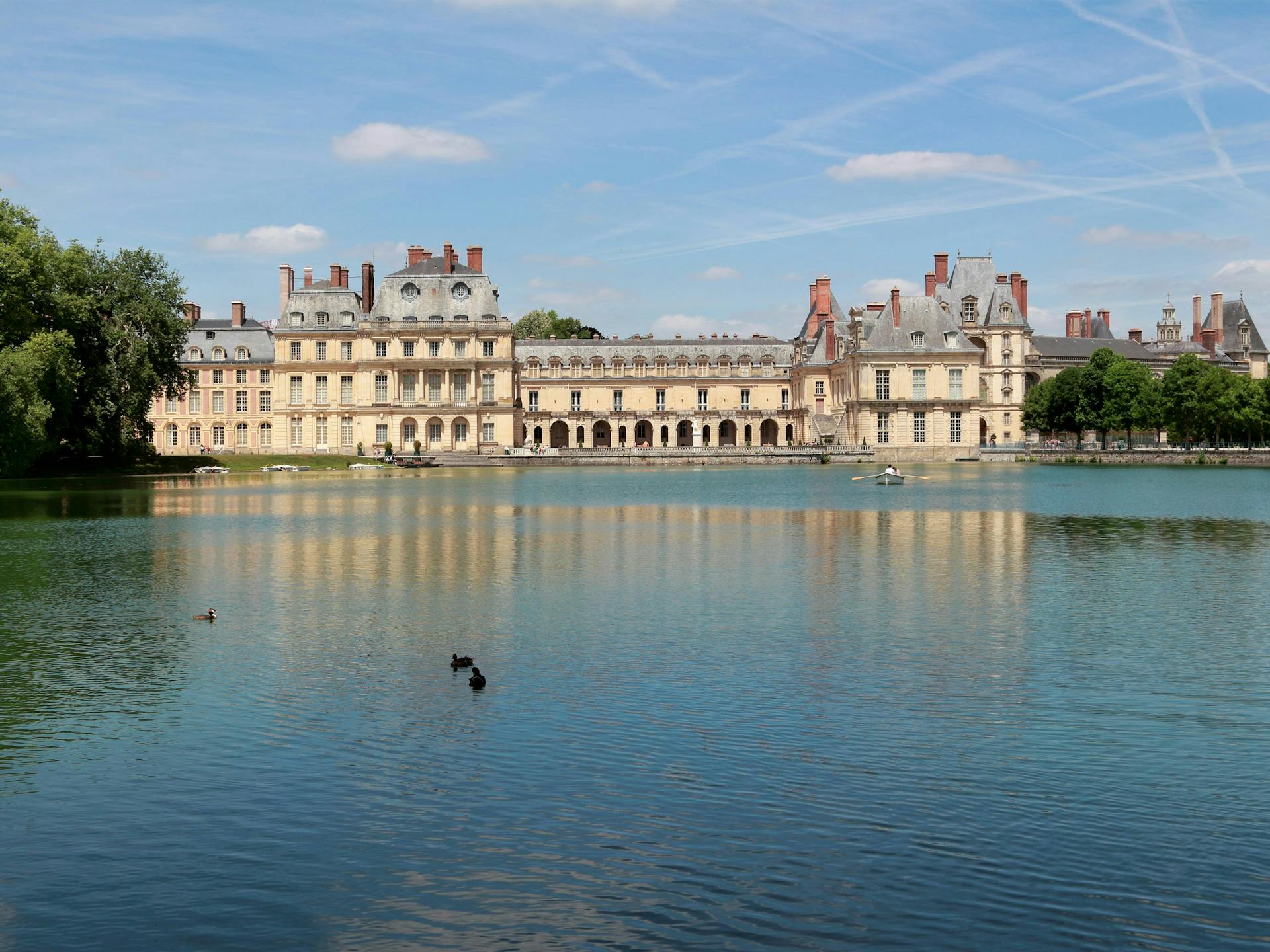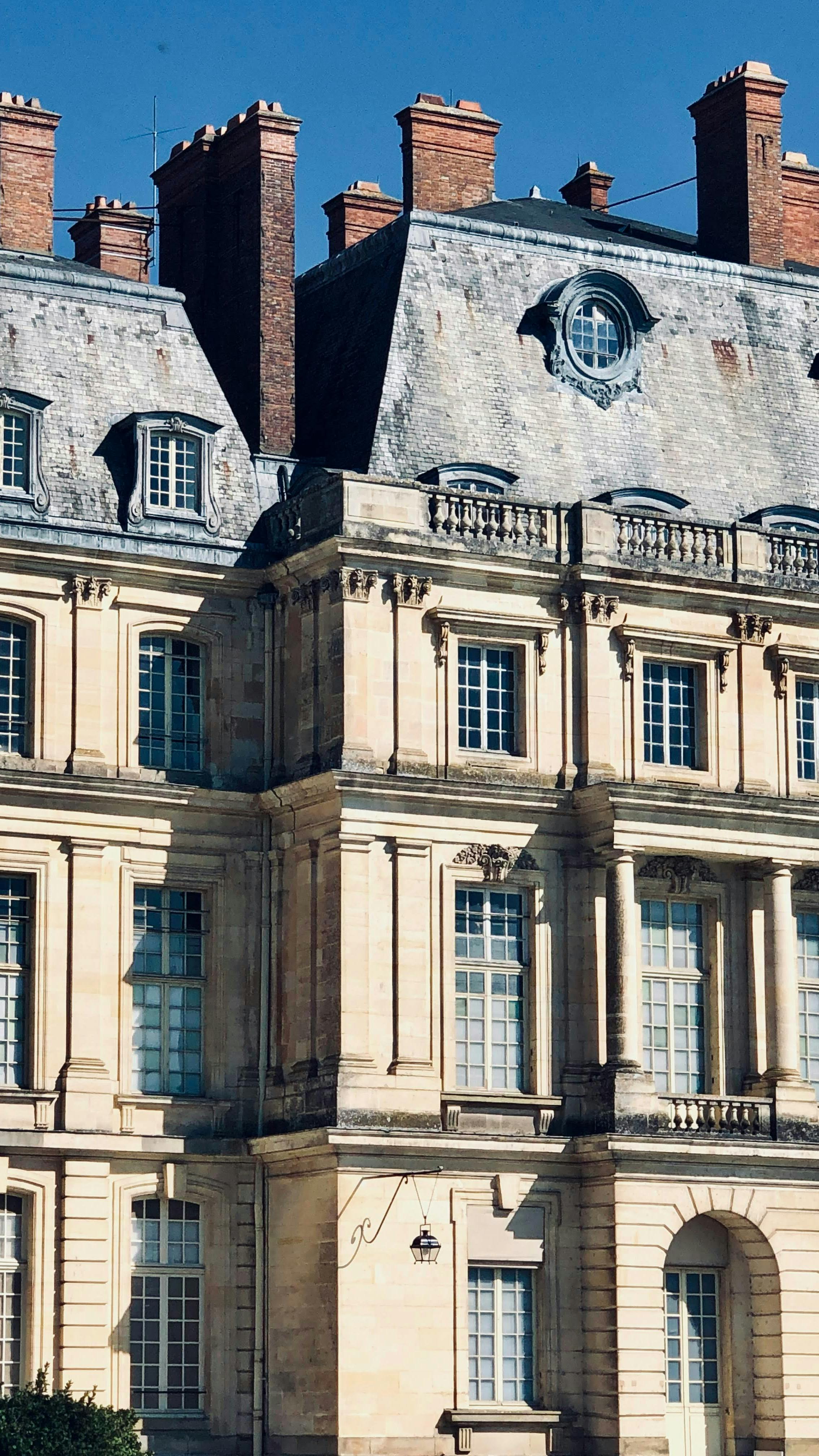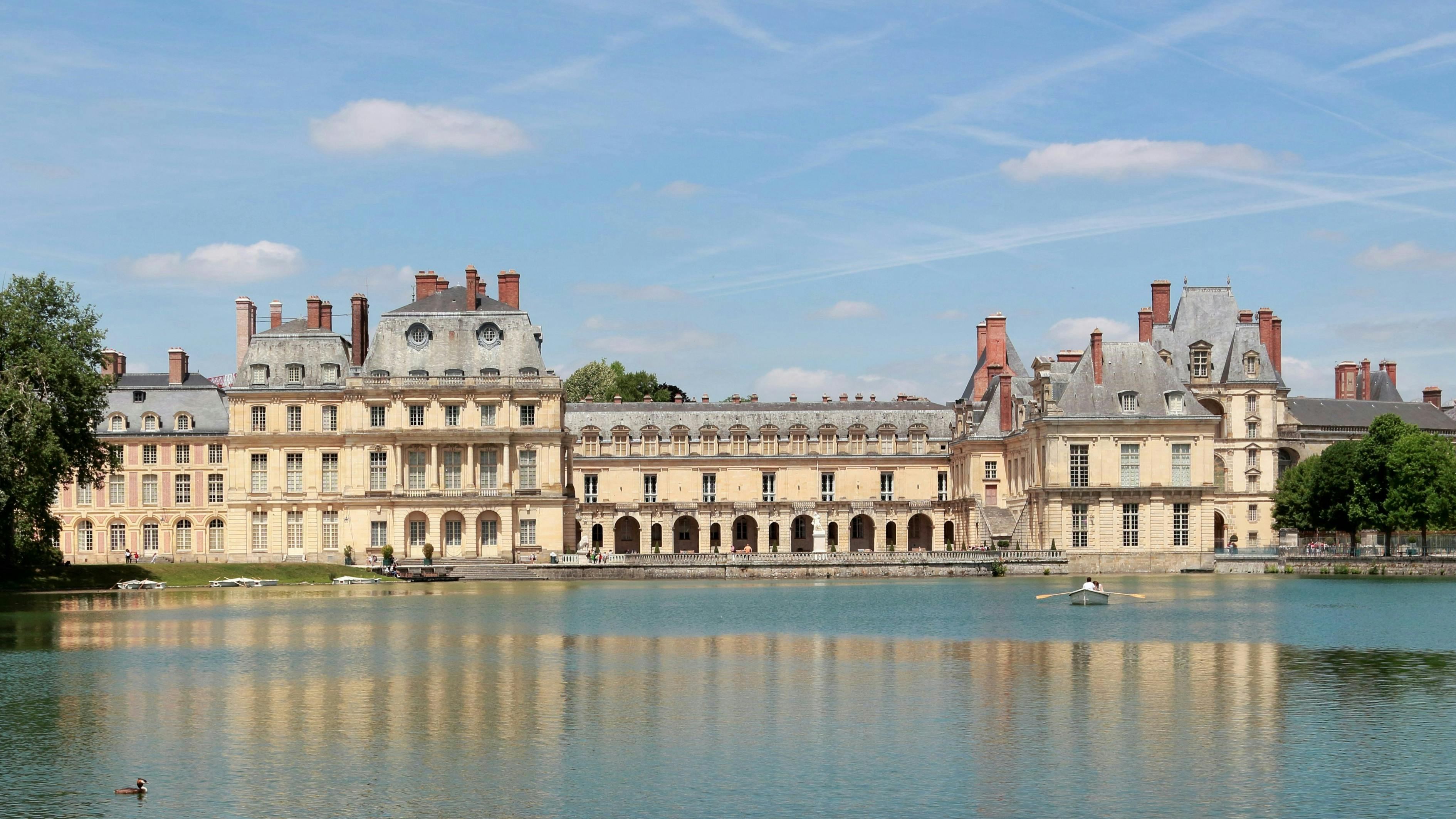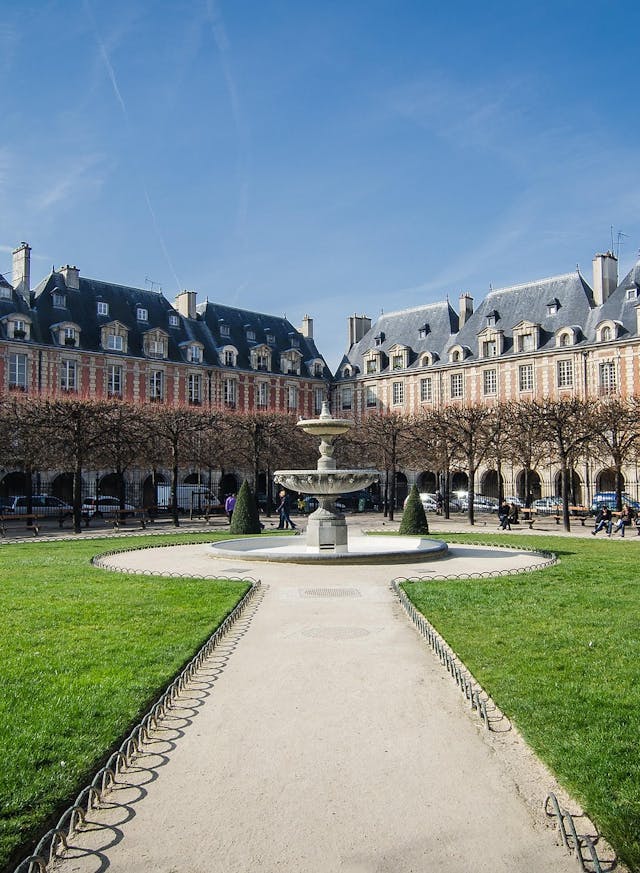
Architecture
Fontainebleau : A new Rome
What if Seine-et-Marne had a touch of Italy? During the Renaissance, under the influence of King Francis I, the wings of the Fontainebleau Palace spread out again in a restoration project inspired by the artistic fervor of Italy.

Only Fontainebleau is worthy of Rome, only Rome is worthy of Fontainebleau.
In 1519, Francis I mourned the death of his dearest friend, Leonardo da Vinci. For three years, Amboise had been the stage for a unique camaraderie between the young king and the mature painter. Eight years later, Francis I left the Loire Valley to establish his residence in Fontainebleau, a medieval ruin whose prestige remained to be reinvented. Still influenced by Leonardo’s vision, Francis conceived the project of turning it into a new Rome. A joyful troupe of Italian artists was invited, tasked with adorning the premises with allegorical decorations inspired by mythology. The Florentine artist Rosso Fiorentino envisioned the mannerist frescoes of the François I Gallery, while Primaticcio left Bologna to embellish the chamber of Duchess d’Étampes, the king’s favorite.
Fontainebleau bears witness to the vivatity of an area
The School of Fontainebleau
The Italians reimagined ancient Romein Fontainebleau, and the next generation of French painters, born during the reign of Henry IV, drew inspiration from this vibrant influence. The painted bodies by Dubreuil, Fréminet, or Bosschaert displayed a new sensuality, while trompe- l’œil techniques initiated a fresh relation ship between decorative and pictorial arts, characteristic of the School of Fontainebleau.Today, Fontainebleau bears witness to the vibrancy of an era when France paid a vivid tribute to Italy. Although the Mona Lisa no longer adorns the bathing apartment, the rooms of this royal residence still seem haunted by the reflection of that unforgettable cultural complicity. After all, all roads lead to Fontainebleau!
Published on 20/02/2024






